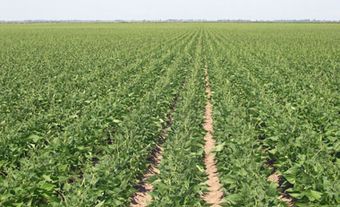Commodity Inspection and Grading
Canada's AGRICULTURE AND FOOD inspection and grading system has 2 major goals: first, it endeavours to provide standards of quality and grades that are readily recognizable and acceptable in domestic and international commodity and food markets; second, it attempts to encourage concern for safety and nutrition in the processing, distribution and retailing of food products. Both of these objectives contribute to consumer protection.
Commodity inspection and grading have a long history in Canada. Examples of commodity inspection legislation include the federal Act respecting contagious diseases of animals (1869), the Seed Control Act (1906), hog-grading regulations and grade standards for dressed poultry (1920s), the Canada Agricultural Products Standards Act (1955) and the Meat Inspection Act (1959).
The list of federal and provincial government departments and agencies involved is very long, but the following examples illustrate the nature and scope of the system. The most important department, Agriculture Canada, conducts research into animal DISEASE and meat safety and provides technical advisory services on biologics, PESTICIDES, FOOD ADDITIVES, chemical residues on food products, bacteriology and food-borne diseases. The Canadian Grain Commission provides a comprehensive grain-grading and inspection service and is responsible for licensing and for regulating grain-grading specifications. The Health Protection Branch of Health Canada is responsible for the surveillance of food and drug quality.

 Share on Facebook
Share on Facebook Share on X
Share on X Share by Email
Share by Email Share on Google Classroom
Share on Google Classroom



